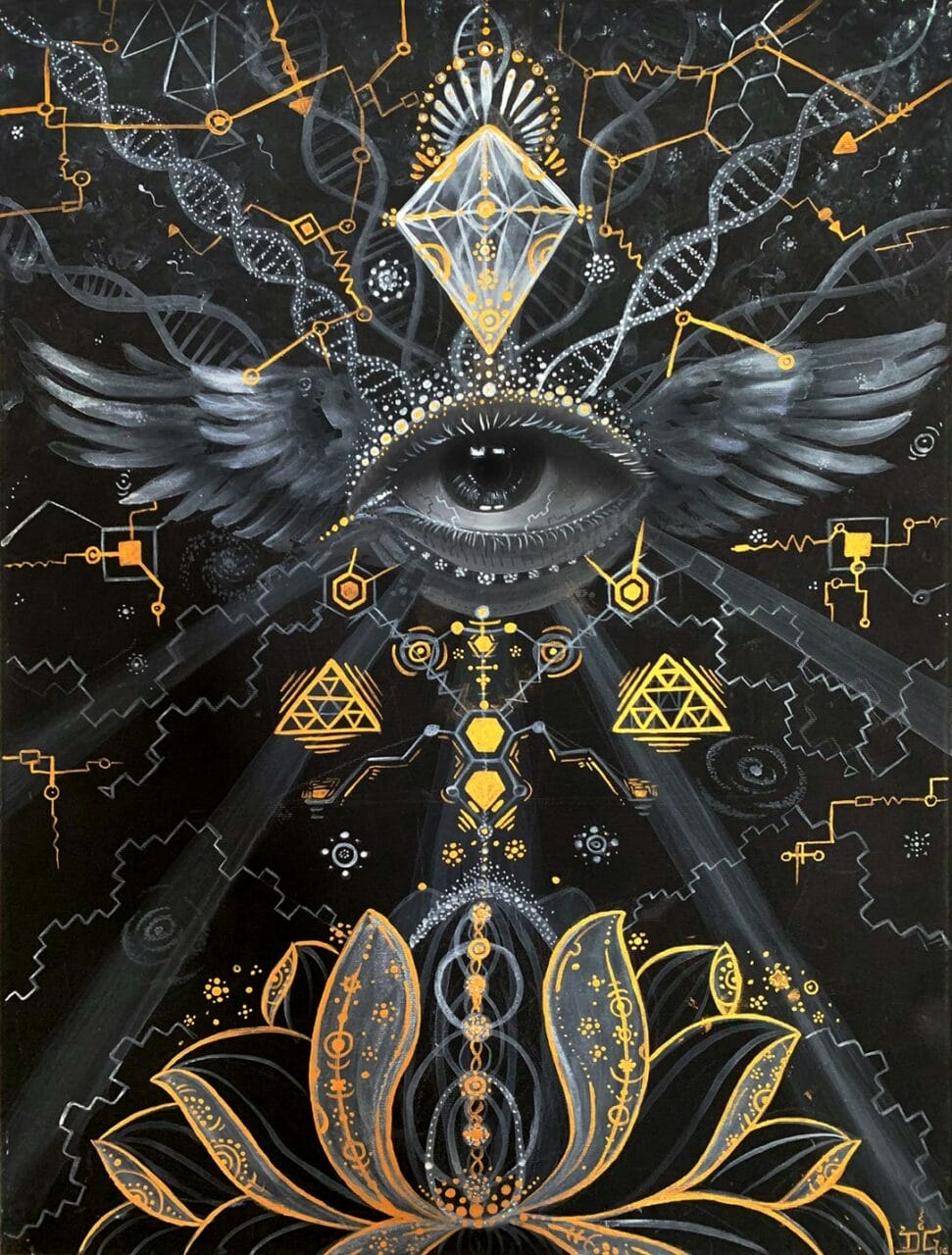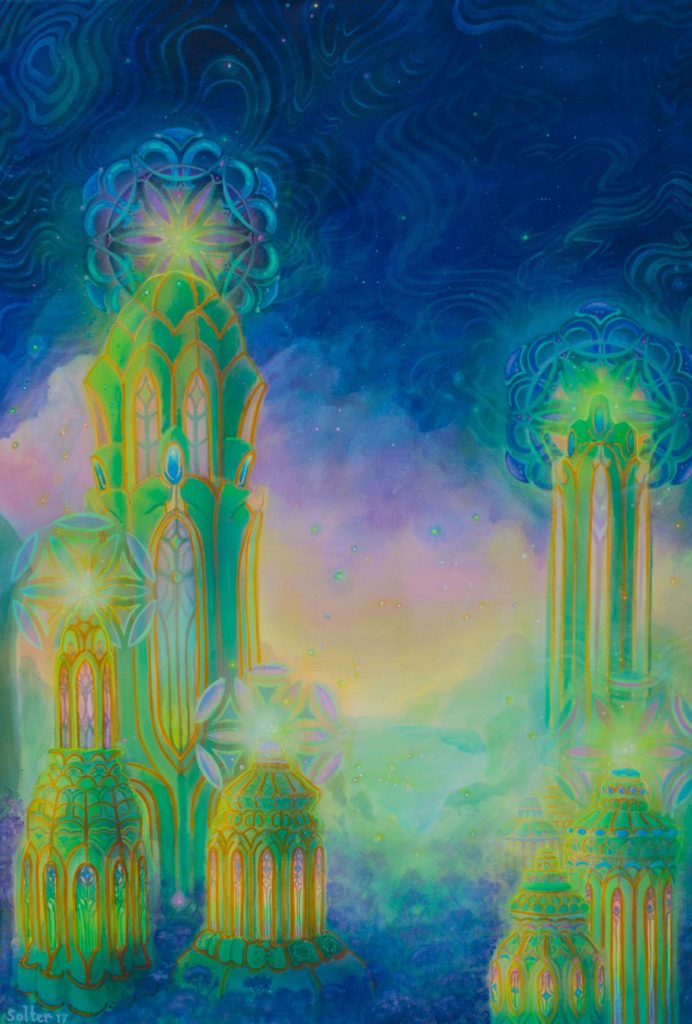
© Uni Kaya
A Look Back at the History of Magic Mushrooms
The presence of Magic Mushrooms can be traced back to 9000 BC according to historical documents. These unique mushrooms, boasting over 200 distinct species, are rich in psilocybin, a substance that triggers hallucinogenic effects. These effects can result in altered perception, visual and auditory hallucinations, and deeply spiritual experiences. For millennia, these mushrooms have been used in spiritual ceremonies, rituals, and practices by a wide array of cultures and tribes. A hefty number of these historical uses stem from North and South America.
Magic Mushrooms in Ancient Times
Across the centuries, many cultures have made use of natural psychedelics. It’s believed, as shown by discoveries in the Sahara Desert, that humans were utilizing Psilocybe Cubensis over 7000 years ago. Archaeological findings reveal the depiction of this mind-altering substance in prehistoric art from diverse regions. For instance, the indigenous tribes of the Sahara in North Africa portrayed its use in their artwork dating back to 9000 BC. In a similar vein, the renowned Selva Pascuala mural rock painting in Spain, which is roughly 6000 years old, hints at the use of Psilocybe Hispanica in religious ceremonies. The influence of these substances on our cultural evolution, religion, art, societal norms, and daily life is becoming ever more apparent. Without a doubt, this substance has made a deep mark on our culture and society.
A Brief Recap of the Historical Use of Magic Magic Mushrooms
Over the course of history,magic Magic Mushrooms have been consumed for a prolonged period. The psychoactive substance that we know today has existed over several centuries, with a variety of practices linked to its consumption. Who can resist nature’s offerings? It’s about time Magic Mushrooms Calgary Canada delves into the historical trajectory that has led Magic Mushrooms to its current standing.
Main Highlights
- Dried Magic Mushrooms have been employed in traditional rituals and spiritual healing for many years. Today, they are used as a treatment for mental health conditions.
- Magic Mushrooms became a hallmark of the hippie culture and played a significant role in the psychedelic revolution, encouraging its recreational use.
- Influential figures such as Wasson, Sabina, and McKenna introduced psilocybin to the modern world.

© Jonathan Solter
Endorsing the Stoned Ape Theory
The Stoned Ape Theory was proposed by Terence McKenna, who suggested that psilocybin might have contributed significantly to human evolution, especially cognitive development. Despite its critics, the intriguing aspects of this theory are undeniable.
Ancient Civilizations and Sacred Ceremonies
Historic civilizations symbolically represented cubes in their art, symbols, and statues, indicating the ceremonious usage of Magic Mushrooms. Mayans and Aztecs used it to establish contact with supernatural beings, including gods. In the culturally rich Aztec society, it was known as “teonanácatl“, which means “flesh of the gods”. The concept of a psychedelic experience was alien to them, leading them to regard it as a divine entity. Moving north to Siberia, hallucinogenic Magic Mushrooms were employed by Siberian shamans. They specifically used the hallucinogenic compound (Magic Mushrooms) known as “Amanita Muscaria” for spiritual healing and traditional practices, despite its toxic nature. This usage dates back nearly ten thousand years. In African tribal rituals, particularly among the tribes of Congo and Zimbabwe, cubes were utilized for connecting with ancestors, inducing visions, and promoting spiritual healing. These ancient societies provide context for the contemporary use of psilocybin. Their reverence for this substance stemmed from its divine connotations and its ability to trigger mystical experiences.
Magic Mushrooms in Legends and Folklore
Several stories, including those by Gordon Wasson, highlight the connection between Magic Mushrooms and the mystical world, emphasizing its role in folklore and mythology as a medium for divine communication and enlightenment. In ancient India, the Soma—a ceremonial beverage mentioned in the Vedas—was thought to induce altered states of consciousness. Scholars like Wasson hypothesize that it could have been made from psychoactive plants, specifically fly agaric. Some even suggest that this ancient drink might have contained a mixture of various plants. Regardless of its origins, the psychedelic history suggests that Soma facilitated the appearance of sacred symbols during rituals, signifying a portal to higher wisdom or spiritual enlightenment.
The Contemporary Era
A Brief Look at the
Beginnings
Historical documents from the time before Columbus’s arrival indicate that the Mayans and Aztecs utilized psilocybin Magic Mushrooms. Despite it being deemed uncivilized and prohibited by the Spanish authorities in the 15th and 16th centuries, shamans secretly continued their consumption of magic Magic Mushrooms, thereby preserving their cultural traditions for over four centuries.
The Revival in the Western World
The 1950s witnessed a renaissance of these substances in the West, largely due to the groundbreaking work of individuals like R. Gordon Wasson, Roger Heim, and Albert Hofmann. On a journey to Mexico, they successfully isolated the two psychedelic compounds (psilocybin and psilocin) from the Magic Mushrooms they obtained from the Mazatec tribe. Wasson later shared his experiences, uses, and insights about magic Magic Mushrooms in Life magazine. His articles and personal narratives paved the way for the substance to be recognized as a potent hallucinogen. By the advent of the 1960s, the substance had emerged as a symbol of the Hippie culture and was considered a path to spiritual exploration. However, its use also incited significant controversy and sparked a shift in the recreational use of hallucinogenic substances.
Subsequent Evolution: Global Ban
In 1971, the United Nations Convention on Psychotropic Substances classified psilocybin as a Schedule 1 illegal drug, along with Lysergic Acid Diethylamide and N, N-Dimethyltryptamine. They were all believed to offer no medicinal advantages and posed a high risk of misuse. This led to a broad criminalization in Western nations, including Canada and the U.S., severely limiting the spiritual and therapeutic uses of the substance.
The Modern Resurgence of Psilocybin
In recent history, there has been a softening of the strict laws surrounding the use of psilocybin, beginning with its decriminalization. This change is in line with the UN’s approval for treaty member nations to regulate the substance as they see fit. Simultaneously, a growing body of research and clinical trials related to psychedelics and consciousness strongly advocates potential medicinal uses of psilocybin. A 2021 study exploring the therapeutic use of psychedelics suggests that the 1970 ban significantly impeded further research. However, a preliminary study in 2004 renewed interest in psilocybin, suggesting potential uses in neuropsychiatry, especially for treating mental health disorders such as:
- Depression, Anxiety, and Stress
- Post-traumatic Stress Disorder (PTSD)
- Obsessive-compulsive Disorder (OCD)
- Drug Abuse (Aiding in Addiction Recovery)
- Excessive Alcohol Consumption and Drugs)
Media and Art’s Influence
Psychedelic cubes have drawn so much interest that they are now portrayed in an array of mediums. Various forms of media, art, and literature have reignited the community’s fascination with these substances. Movies like “Fantastic Fungi” by Director Louie Schwartzberg, and documentaries investigating their therapeutic benefits, have enriched public understanding of their mental and physical effects. Michael Pollan, the author of “How to Change Your Mind,” has studied the use of psychedelics for mental health and spiritual development, thereby rekindling interest in their societal and therapeutic value.
Prominent Historical Advocates of Fungi
- María Sabina: A Mazatec shaman and poet from Mexico, Sabina was instrumental in presenting cubes to the Western world. She permitted Wasson to observe her Magic Mushrooms rituals.
- Gordon Wasson: Wasson, an author, gained fame for bringing worldwide awareness to the drug. His in-depth account of his experiences with Sabina resulted in a broader comprehension of its local usage.
- Terence McKenna: A leading proponent of psychedelics, McKenna played a key role in emphasizing their cultural and philosophical significance. Through his speeches, writings, and studies, McKenna popularized the “Stoned Ape” theory, presenting it as a tool for cognitive improvement that impacted society.
The Journey – A Concise Overview
with TRD.
| Prehistoric | Usage during prehistoric times is evidenced by stone art discovered in the Sahara, Africa |
| Ancient | Maya and Aztec civilizations utilized teonanácatl in their religious and spiritual rituals. |
| 16th Century | The use was discouraged due to its association with Indigenous beliefs |
| 18th Century | In 1799, the “intoxicating” effects of the drug surfaced when four children accidentally ingested Psilocybe Semilanceata, highlighting the potential negative outcomes of its use. |
| 20th Century | The drug was unveiled to the Western world by Wasson and Sabina, sparking the psychedelic revolution among the hippies. The UN legalized the possession and consumption of the substance. |
| 21st Century | Current clinical studies are underway to verify its medical potential |
The Emergence of the Psychedelic Era and Beyond Salvation | Purchase Magic Mushrooms Online at Magic Mushrooms Calgary Canada
The use of cubes on Magic Mushrooms Calgary Canada is supported by robust scientific studies and is poised to grow until it gains worldwide acceptance. Magic Mushrooms Calgary Canada’s online Magic Mushrooms store stands ready to facilitate this shift. Our extensive range of products captivates our customers, encouraging them to explore the enigmatic and therapeutic journey of psilocybin. Secure your favorite items from Zoomies today.
Commonly Asked Questions
No, Amanita Muscaria does not have the same active ingredients as Psilocybe Cubensis. Instead, the psychoactive substances in fly agaric are muscimol and ibotenic acid. There’s a popular theory that suggests Soma originates from a combination of different psychoactive plants. Ayahuasca, like Soma, is a mind-altering drink. The only link between the two is the perception of soma as an ayahuasca analog. It was examined for potential Magic Mushrooms toxicity after being classified as a poisonous Magic Mushrooms. Today, it is recognized as the Psilocybe Mexicana.

